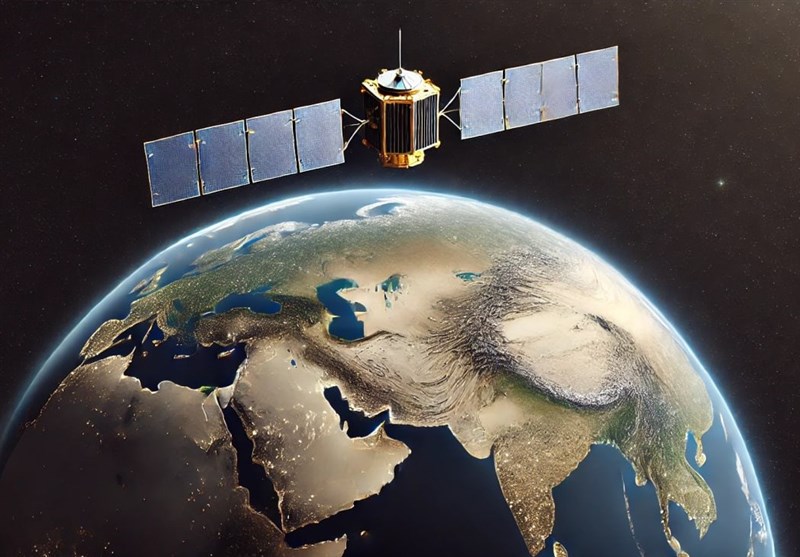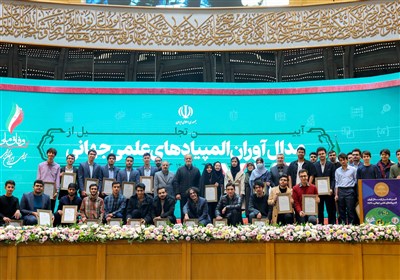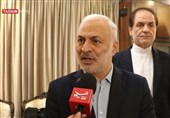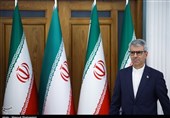Iran to Launch Three Remote Sensing Satellites by Year-End
TEHRAN (Tasnim) – Iran plans to launch three remote sensing satellites by the end of the current Persian year (March 22), marking a significant advancement in the country’s space industry, according to the Iranian Space Agency.
Hassan Salarieh, head of the Iranian Space Agency, said during the opening of World Space Week that the launch of Iran's first satellite in geostationary orbit, Pajouhesh 3, was a milestone achieved through collaboration with knowledge-based companies via public tender.
“Iran’s space industry has over 20 years of history, and we owe its progress to the achievements during the Sacred Defense era,” Salarieh said, referring to Iran’s wartime technological advancements.
He noted that the agency was established in the early 2000s, initially focusing on developing simple communication and remote sensing satellites akin to Sputnik 1. “At that time, the goal was to launch an object into orbit,” Salarieh explained.
In 2008, Iran successfully launched its Omid satellite, followed by remote sensing satellites developed by local universities, which featured resolutions ranging from tens to hundreds of meters.
“Today, after two decades, we are capable of building advanced communication and remote sensing satellites,” Salarieh said, mentioning the Pars satellite, launched last year with a 15-meter resolution. He added that Noor satellites, which are also remote sensing, have been a success, with private sector participation playing a key role.
“This year, we will have a launch from the private sector,” Salarieh announced. “Soon, we will launch the Kosar satellite in collaboration with private companies. The Iranian Space Agency has pre-purchased its full capacity as a supportive measure.”
Salarieh also highlighted the upcoming launch of the Martyr Soleimani IoT satellite constellation, which will collect and transmit critical data from disaster-prone areas, particularly where terrestrial infrastructure is absent.
Earlier this year, Iran launched the Chamran satellites, with more details about the project expected to be released soon. Additionally, the agency is planning the launch of the Saman orbital transfer block and three remote sensing satellites—Kosar, Zafar 2, and Tolou 3.
Salarieh emphasized that the Chabahar Space Center would conduct its first launch this year, marking another major step in the country's space development.
He reiterated the importance of Pajouhesh 3, a communications satellite orbiting 36,000 kilometers above Earth, designed for testing receivers and transmitters. The tender for its development will be completed this year, with construction expected to take one to one-and-a-half years, he stated.





